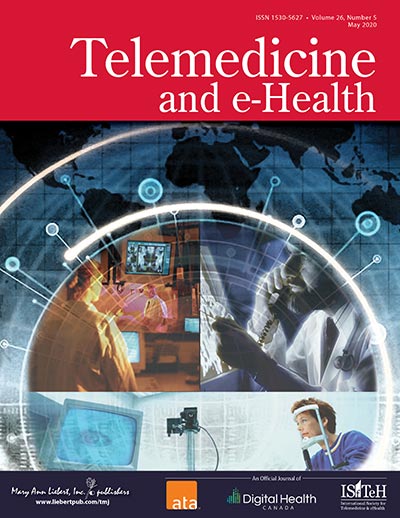
Distance teaching is turning into what could be a giant step back to the days of de facto segregation in American education.

Without internet access, getting health care is harder than ever.

In an event co-hosted by CalMatters and the Milken Institute, policymakers and advocates explain where they see the state heading – and why California desperately needs to bridge its digital divide.

Patient portals offer great potential to improve patient engagement and participation in their health care.2 However, while use of portals has continued to rise in the aggregate, this growth has not been distributed evenly across Americans, with low-income, African American, rural, and older adults repeatedly showing lower rates of use of these technologies.

Example of internet service that is trying to close the digital divide. High-speed internet at an affordable price. Spectrum Internet Assist is available exclusively to qualified households.

Calbright College, California’s online community college, may have survived elimination in the state’s budget, but the pressure is on to prove its value to the state.

San Francisco officials are readying an unprecedented educational assistance program for the fall meant to help up to 6,000 children with their distance-learning needs, as parents and students confront the reality of starting the school year without classrooms during the COVID-19 pandemic.
